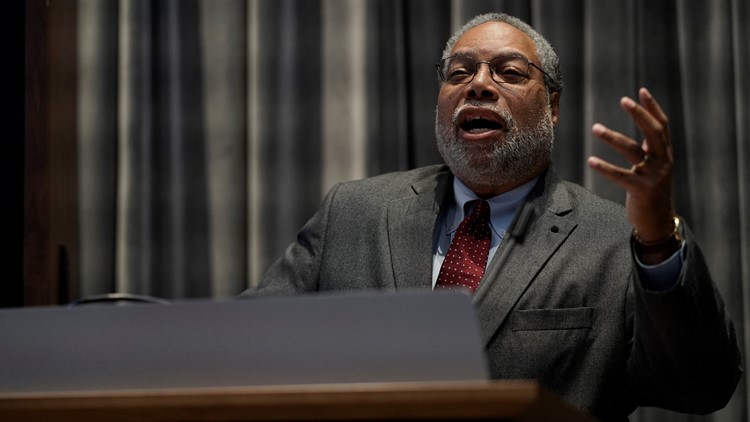WASHINGTON — The Smithsonian Institution's governing board chose its first African American on Tuesday to lead the world's largest collection of museums and research complexes.
Lonnie Bunch, who founded the Smithsonian’s National Museum of African American History and Culture, also is the first museum director to become secretary in 74 years. He starts his new job June 16, the day after David Skorton, who announced his resignation in December, has his final day.
“I am excited to work with the Board of Regents and my colleagues throughout the Institution to build upon its legacy and to ensure that the Smithsonian will be even more relevant and more meaningful and reach more people in the future,” Bunch, 66, said in a Smithsonian press release announcing his appointment.
Bunch was born in Newark, N.J., and attended Howard University here before transferring to American University where he earned his bachelor’s and master’s degrees in American history and African history, according to the Smithsonian magazine. He has been director of the African American museum since 2005; it opened in September 2016.
► FEBRUARY 2018: Museums to check out to learn about black history
► SEPTEMBER 2017: National black history museum on forever stamp
Bunch told The Washington Post that he was "a tad stunned" at his appointment.
“I have such a profound love of the Smithsonian,” he said. “I want to help the world see the Smithsonian as I do, as a place that matters, with gifted people who just want to serve their country.”
He also said that being the first African American in the post “will open doors for others.”
“He was so overwhelmingly better (than other candidates) it wasn’t really close,” said David Rubenstein, chairman of the Board of Regents.
Bunch first came to the Smithsonian from 1978 to 1979 as an education specialist at the National Air and Space Museum. After a few years at the California African American Museum in Los Angeles, he returned in 1989, joining the National Museum of American History, where he eventually become associate director of curatorial affairs, a position he held for six years.
In 2001, he became president of the Chicago Historical Society before returning again to start the national black history museum.



